
Image via Wikipedia
It was originally designed in 27 B.C. as a pagan temple for all twelve Roman deities; supernatural and immortal beings. The deities were Apollo, Ceres, Diana, Juno, Jupiter, Mars, Mercury, Minerva, Neptune, Venus, Vesta and Vulcan. Despite all the losses and alterations that have been made to the structure over time, the Pantheon is a magnificent artifact of Roman antiquity.
Agrippa did not really build this Pantheon; he built an earlier temple on this site in 27 B.C. that was ravaged by a fire. The Pantheon that we see today, was completed in 125 AD during the reign of Emperor Hadrian. Look for the brick stamps on the side of the building that reveal it was built and dedicated between A.D 118 and 125. The emperor Hadrian (A.D 117-138) built the existing Pantheon to replace Augustus’ friend and Commander Marcus Agrippa’s Pantheon of 27 B.C. which burnt to the ground in 80 A.D. Agrippa was the son-in-law of Emperor Augustus.When approaching the front of the Pantheon one can see the inscription above still reads in Latin the original dedication by Marcus Agrippa. The inscription reads:
“M. AGRIPPA.L.F.COSTERTIUM.FECIT”
“Marcus Agrippa son of Lucius, having been consul three times made it”.
THE PANTHEON DOME
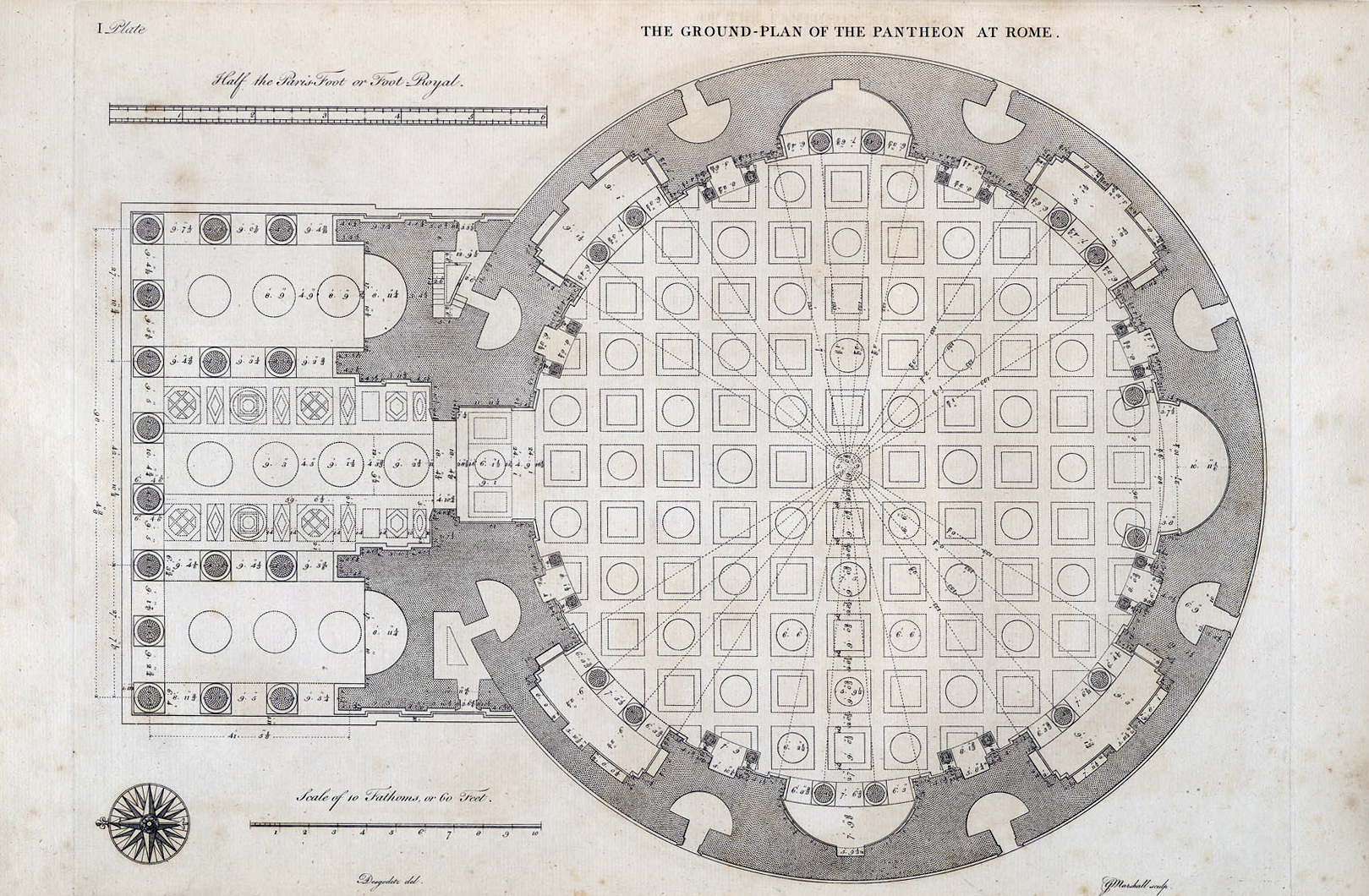
Made primarily from bricks and concrete, the Pantheon consists of three sections: a portico with granite columns, a massive domed rotunda and a rectangular area connecting the other two sections. In addition, the structure of the Pantheon is comprised of a series of intersecting arches. The dome itself is supported by a series of arches that run horizontally round. Romans had perfected the use of arches which helped sustain the weight of their magnanimous buildings. The arches rest on eight piers which support eight round-headed arches which run through the drum from its inner to its outer face. The arches correspond to the eight bays on the floor level that house statues.
The coffers for the concrete dome were poured in molds.The Romans were aware of the heavy nature of their building materials so they used lighter materials toward the top of the dome. On the lowest level travertine, the heaviest material was used, then a mixture of travertine and tufa, then tufa and brick, then all brick was used around the drum section of the dome, and finally pumice, the lightest and most porous of materials on the ceiling of the dome.
Measuring 142 feet in diameter, the domed ceiling was the largest of its kind when it was built. At to the top of the dome sits an opening, or oculus that is 27 feet wide. The oculus, which has no covering, lets light as well as rain and other weather into the Pantheon.
The walls and floor of the rotunda are decorated with marble and gilt and the domed ceiling contains five rings of 28 rectangular coffers.
THE COLUMNS
The building is cylindrical with a portico of large granite Corinthian columns (eight in the first rank and two groups of four behind) under a pediment. Many changes were made to the building from the fourth century to today. Among the most important: the three easternmost columns of the portico were replaced in the seventeenth century after having been damaged and braced by a brick wall centuries earlier; doors and steps leading down into the portico were erected after the grade of the surrounding piazza had risen over time. Inside the rotunda, columns made from imperial red porphyry were replaced with granite columns. The roof tiles and other elements were periodically removed or replaced.

The Pantheon in Rome is as wide as it is tall (142 x 142 feet). The 27 foot wide oculus in the roof is the only source of light and was designed to allow the smoke from the burning of sacrificed animals to escape. The hemispherical dome was made from concrete and is still the largest dome in the world of its type.

Agrippa’s name is still inscribed in the trabeation above the portico in Latin and bears the inscription “Marcus Agrippa, son of Lucius, Consul for the third time built this.”
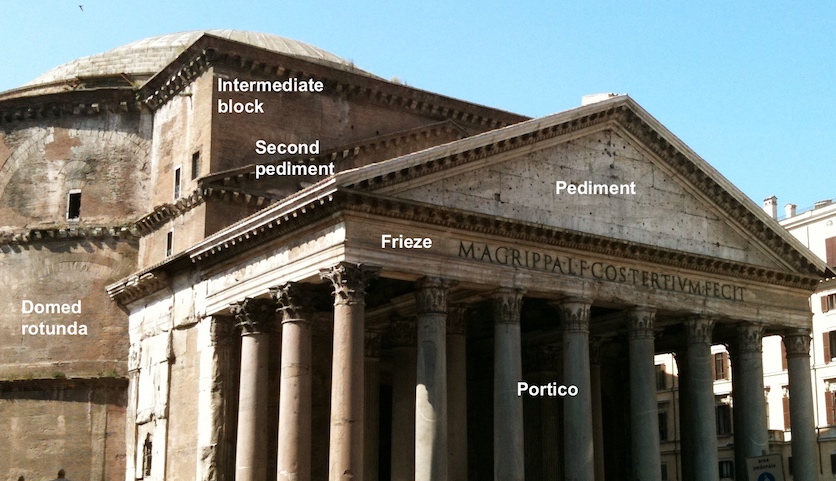
Trebeated construction consists of a vertical beam, known as a post or a column, and a horizontal beam, known as a lintel, positioned atop one another to form the walls and facade of a structure.


In 330, the capital of the Roman Empire was transferred from Rome to Byzantium (modern-day Istanbul, Turkey) by Emperor Constantine. We know very little about what happened to the Pantheon between the time of Emperor Constantine in the early fourth century and the early seventh century because during this period, the city of Rome’s importance faded and the Roman Empire disintegrated. The Pantheon fell into a long period of disrepair. In 476, the German warrior Odoacer conquered the western half of the Roman Empire, where Rome was situated.

The Pantheon’s long decline continued until around 609. In 609, Pope Boniface IV got permission from Byzantine emperor Phocas to convert the Pantheon into a Christian church, known as in Latin as Sancta Maria ad Martyres (St. Mary and the Martyrs). Pope Boniface had 28 carloads of martyrs’ bones brought here from various cemeteries in Rome. It became the first pagan temple to be consecrated as a church.The Pantheon became a station church, where the pope would hold special masses during Lent, the period leading up to Easter. It was the first Roman pagan temple to be consecrated as a Christian church. The conversion played a key role in the Pantheon’s survival, as the papacy had the resources to repair and maintain it.
When the artist Michelangelo saw the Pantheon, centuries after its construction, he reportedly said it was the design of angels, not of man. The Pantheon proved an important influence for the great Renaissance architect Andrea Palladio, as well as countless architects who followed, in Europe and beyond.
BUILDINGS MODELED AFTER THE PANTHEON

Thomas Jefferson modeled both Monticello (above), his home near Charlottesville, Virginia s well as the Rotunda building at the University of Virginia, (below) after the Pantheon.

The U.S. Capitol rotunda (below) was inspired by the Pantheon.

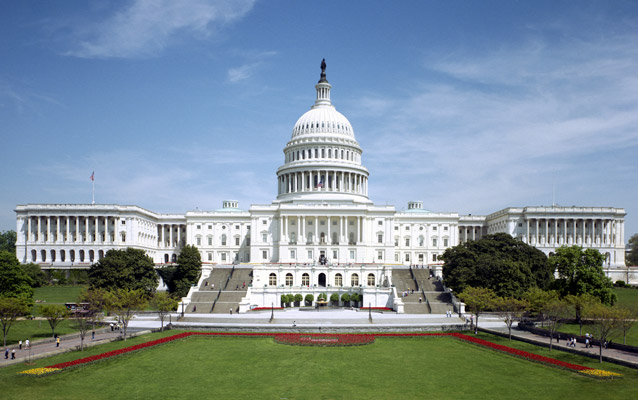
Many state capitol buildings were modeled after the Pantheon. The Oklahoma State Capitol (below) was built in 1917. The Greco-Roman structure was topped with a dome in 2002 and houses murals and paintings of Oklahoma’s history. The Capitol Art Collection has more than 100 permanent sculptures, murals and paintings located throughout the Capitol’s hallways and rotunda. The Oklahoma Veterans Memorial is located outside on the north side of the capitol complex. Four walls depict scenes of World War I, World War II, Korea and Vietnam wars.

The state of Illlinois Memorial of the Vicksburg campaign at Vicksburg National Military Park in Vicksburg, Mississippi (below) is also modeled after the Roman Pantheon. It was designed was by W. L. B. Jenney and the sculptor was Charles J. Mulligan. Vicksburg National Military Park preserves the site of the American Civil War Battle of Vicksburg, waged from May 18 to July 4, 1863.
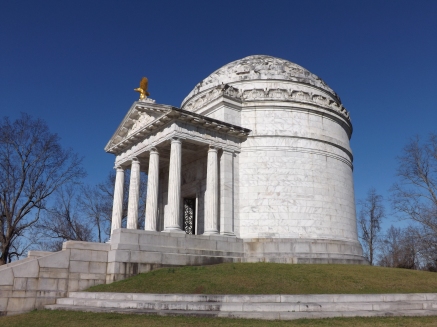
The U.S. Supreme Court building (below) was designed by Cass Gilbert and was built between 1932 and 1935.

The need for a separate headquarters was argued for, successfully, by Chief Just William Howard Tuff in 1929. Cass Gilbert designed the building in the Neoclassical style with public facades made from Vermont marble.

The Pantheon in Paris is in the Latin Quarter of Paris also resembles the Pantheon. It was originally built as a church dedicated to St. Genevieve but now it functions as a secular mausoleum. It is often cited as a fantastic example of neoclassical architecture. Construction began in 1758 and was completed in 1790. It was designed by architect Jacques-Germain Soufflot and famously contains the Foucault Pendulum.

THE PANTHEON TODAY
Following the Pantheon’s conversion into a Christian church, it eventually became the burial place for Renaissance figures including painter Raphael, composer Arcangelo Corelli and architect Baldassare Peruzzi.
Saint Mary and the Martyrs houses the mortal remains of Raphael in an ancient marble sarcophagus. Raphael died in 1520. The bust of Raphael (below) is located in the niche left of the aedicule and was completed in 1833 by Giueseppe Fabris.


The tomb of the fist king of Italy is pictured below. Several monarchs are buried there too, including Vittorio Emanuele II, who died in 1878 and was the first king of Italy since the 6th century. His son, Umberto I, who was assassinated in 1900, and Umberto’s wife, Queen Margherita, who passed away in 1926 are also buried here. King Vittorio Emanuele II (1820-1878), has a statue of St. Ann and the Virgin in the aedicule to the left of the tomb by Lorenzo Ottoni. The tomb of Victor Emanuele II was created from bronze that was recast from the Castel Sant’Angelo’s cannons at the turn of the 20th century.
Today, the Pantheon is a major tourist destination for visitors from around the world, while continuing to function as a church. Catholic mass is regularly held there.




The massive original doors are still used for entry into the Basilica.

The back side of the Pantheon

Circular exterior view of the side of the Pantheon

Most of the original marble was recycled for St. Peter’s Basilica. In 1625, Pope Urban VIII (Barberini) removed the bronze from the beams of the portico to make 80 cannons for Castel Sant’Angelo and the four spiral columns of Bernini’s Baldachinno in St. Peter’s Basilica. The colossal bronze doors are original. Today we might consider the recycling of materials a “green” ecologically friendly move but the Roman’s say, “Whatever the barbarians didn’t do, the Barberini did.”
The general area around the Pantheon is the financial and political hub of the city and includes the stock exchange and Parliament. I think the Cafe Agrippa is a great place for a “Vino con Vista”!
The Piazza della Rotunda is the name of the square in front of the Pantheon. One of Rome’s prized Egyptian obelisks occupies the center of the square. Did you know that you will never get lost in Rome if you follow the obelisks? They are like a Roman GPS system that mark important landmarks in Rome.
Dr. EveAnn Lovero writes Travel Guides to Italy and Vino Con Vista Travel Guides can be purchased at these sites.
To learn more about Rome visit www.vino-con-vista.com
Buon Viaggio–
Related articles
- Silent Night Holy Night: A Vatican Christmas (vinoconvistablog.me)
- From Rome, With Love – A City Holidays Were Made For (vino-con-vista.blogspot.com)
- Francesco Borromini’s Church of Sant Ivo alla Sapienza in Rome (vinoconvistablog.me)
- Spend a Glorious Vino Con Vista Weekend in Rome: Non Basta una Vita (vinoconvistablog.me)
- Travel to Italy – Rome and Venice (vino-con-vista.info)





















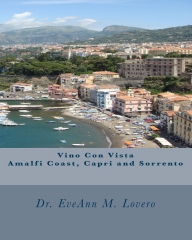

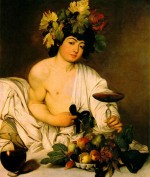

Pingback: Tweets that mention The History of the Pantheon in Rome Italy « Vino Con Vista Travel Sites -- Topsy.com
Pingback: Bernini’s Church of Sant’ Andrea al Quirinale in Rome was his Favorite | Vino Con Vista Italy Travel Guides and Events
Pingback: The Church of Santa Maria della Pace has Glorious Raphael Frescos | Vino Con Vista Italy Travel Guides and Events
Pingback: Rome’s Church of Santa Maria Maddelena near the Pantheon | Vino Con Vista Italy Travel Guides and Events
Pingback: Historic Rome: A UNESCO Site in Italy | Vino Con Vista Italy Travel Guides and Events
Pingback: Roman Emperor History Tips | Vino Con Vista Italy Travel Guides and Events
Pingback: Top Ten Reasons to Travel to Italy | Vino Con Vista Italy Travel Guides and Events
Pingback: Insights into the Vatican in Italy: UNESCO’s Holy City | Vino Con Vista Italy Travel Guides and Events
Pingback: My Glorious Vino Con Vista Weekend in Rome: Non Basta una Vita | Vino Con Vista Italy Travel Guides and Events
Pingback: How to Decipher the Eternal City of Rome | Vino Con Vista Italy Travel Guides and Events
Pingback: Piazza del Popolo’s Top 5 Vino con Vista Opportunities in Rome | Vino Con Vista Italy Travel Guides and Events
Pingback: Drool over Bernini’s Angels in Sant’Andrea delle Fratte in Rome | Vino Con Vista Italy Travel Guides and Events
Pingback: Climb the Spanish Steps in Rome for a Panoramic Vino con Vista | Vino Con Vista Italy Travel Guides and Events